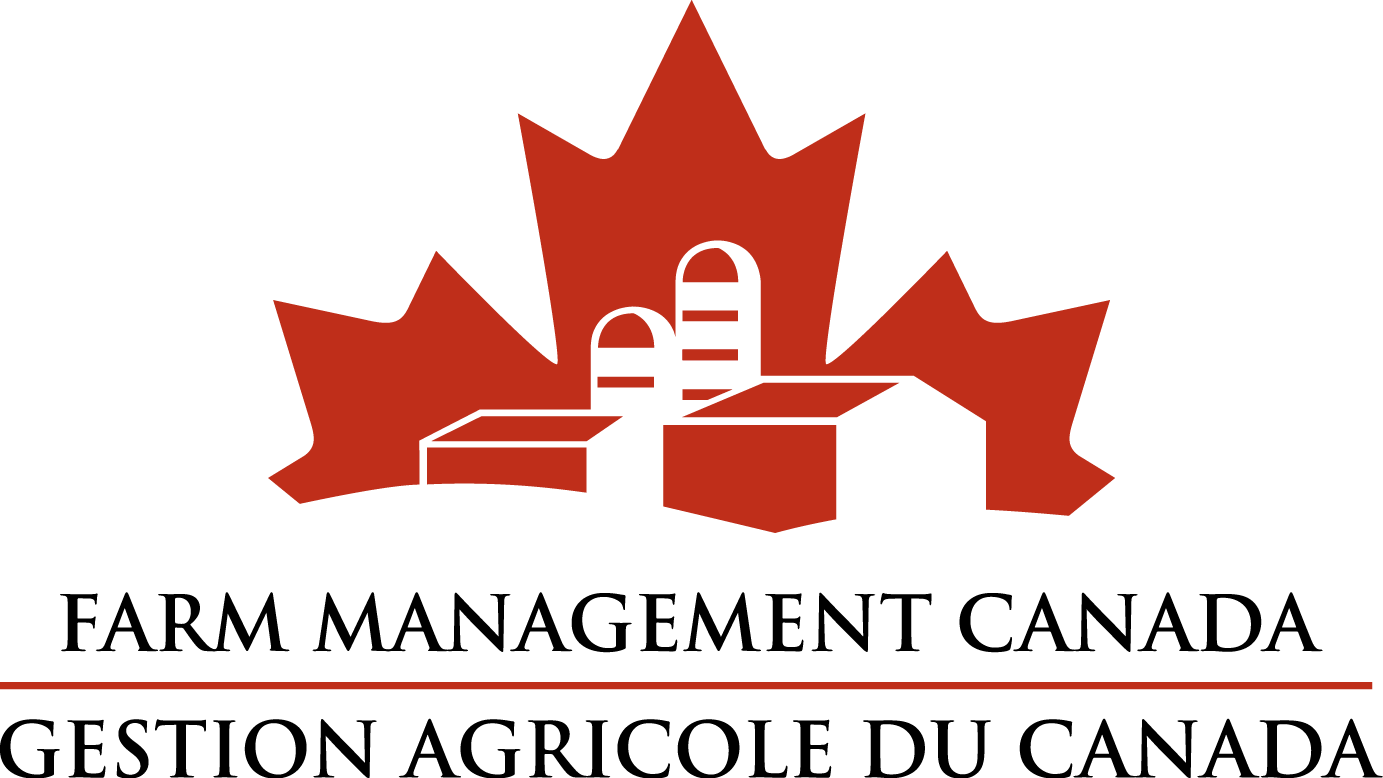
A minor accident can be a costly occurrence for any small business, but Jamie Beaumont doesn’t promote farm safety just to pinch a few pennies. A strict adherence to work safety standards is as much about his piece of mind as it is about good business practices.
Mr. Beaumont operates a dairy farm in Mitchell, ON and milks 150 cows twice a day with the help of 16 full and part time employees. Being well aware of Work Safety and Insurance Board standards, J.P.C. Farms started developing health and safety plans 10 years ago. Today they have regular safety audits, an employee safety representative position, and annual training sessions conducted in person. Mr. Beaumont “walks the walk” with the rest of his staff, wearing safety glasses himself during milking. He believes that safety is a two way street between employers and employees, so he leads by example when it comes to injury prevention.
“Injuries take time, they take paperwork, and nobody wants to go to work and be hurt,” says Mr. Beaumont. “And most times, it’s just a case of having systems in place and people aware of risks to prevent accidents.”
Mr. Beaumont admits that maintaining high safety standards isn’t exactly easy and keeps him busy. But after an employee fell asleep while driving back to the farm for her second shift of the day in 1999, changes had to be made. He says no one puts in more than 45 hours a week anymore and he never has problems filling a shift. With responsibility for the operation of the farm shared among so many people, it’s not only less stressful for the farm’s employees but also for the owners.
Glen Blahey is an Agricultural Safety and Health Specialist for the Canadian Agricultural Safety Association. “Farming operations are typically a sole proprietorship or partnership,” he says, “and sometimes personal survival is overlooked.”
Mr. Blahey says a 2008 Queen’s University study evaluated just how high the financial costs of risky farm behavior can be. For example, the study found every sick day taken by a farmer costs $700 on average. When someone on the farm has to be hospitalized due to a critical injury, the average economic impact is $10,000. To put that into perspective, Mr. Blahey asks people to consider the extra income a farm has to generate to cover these costs. “If you were living in an ideal world and your farming operation had a 10 per cent profit margin, to recover a $10,000 loss, you have to earn an extra $100,000,” he points out. When you consider the cost of permanent disability, $143,000, or a fatality, $275,000, suddenly good safety practices are simply good business risk-management strategies.
Mr. Beaumont says he’s well aware of the association farmers draw between employees and business risk. He’s often been asked for advice on meeting minimum requirements from the perspective of limiting legal liability. But it’s his opinion that trying to avoid liability is the wrong way to prevent an event that could end up in court.
“Don’t worry about being legal, worry about being safe, because that’s the only thing that matters,” stresses Mr. Beaumont. “You may have a visit, you may not have things in order, and you may have a small fine. But when you have an ambulance leave your farm, and somebody is hurt, it doesn’t matter how much paperwork you have on the wall.”
Whether you have three people or 30 people working on the farm, family or non-family, Mr. Beaumont believes a strong emphasis on safety is good farm business practice. No one is disposable, he says, and the costs, in all senses, are far too great.
Jamie Beaumont is a speaker at FarmSafe Forum Ontario, a farm safety training workshop being held in Guelph, Ontario on March 11th, 2013 in conjunction with Canadian Agricultural Safety Week (CASW). CASW is delivered by the Canadian Agricultural Safety Association (CASA), the Canadian Federation of Agriculture (CFA), and exclusive corporate sponsor Farm Credit Canada (FCC), with support from the Government of Canada through Growing Forward, a federal, provincial, territorial initiative.
